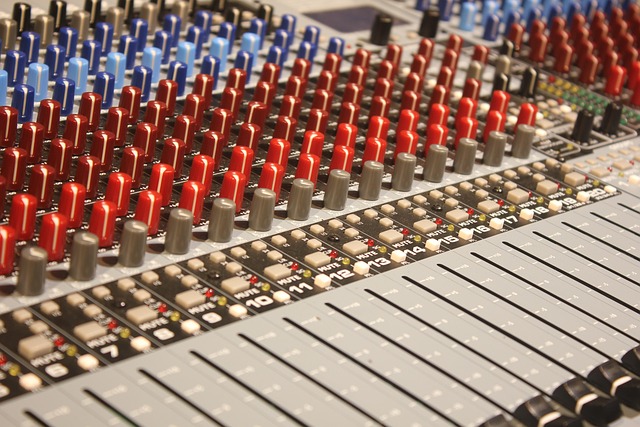Creating the perfect home cinema room is a dream for many movie enthusiasts. It’s more than just purchasing a high-definition projector and an expansive screen; it involves harmonizing audio and video elements to deliver an immersive experience. One critical aspect that can significantly alter this experience is delay. In the world of audio recording, delay manifests not only as a technical issue but also as a sensation that can deeply affect how we perceive cinema.
Picture settling in for an exciting film night with friends or family. You’ve chosen a gripping thriller, dimmed the lights, and pressed play. All is well until you notice a disconcerting lag between what’s happening on the screen and what you hear. The actors’ lips move and yet, the dialogue lags seconds behind. This is the impact of delay, an auditory issue that can quickly turn an exhilarating viewing experience into a frustrating affair.
When setting up a home cinema, it’s essential to consider the synchronization between audio and video. Why is this crucial? It comes down to the very nature of cinema—the experience must be seamless. The moment there’s a delay, even if it’s just a fraction of a second, the illusion is shattered. Characters on screen feel disconnected from their voices, breaking the fourth wall and disrupting your immersion.
Audio delay can result from various components in your home cinema setup. For instance, if you’re using external speakers or soundbars, the processing time may affect how sound travels from the source to your ears. Any digital processing employed to enhance audio quality can also introduce delay, as the system takes time to analyze and optimize sound.
To alleviate such issues, it’s important to assess your wiring and equipment carefully. Optical cables, HDMI, and sound systems should be compatible and configured correctly to minimize delay. Utilizing a receiver with low latency settings can also help synchronize the audio with the video efficiently. Many modern home cinema systems include features specifically designed to tackle delay. It’s worth delving into these settings to ensure you’re getting the best possible experience.
The medium of film thrives on its ability to evoke emotion, and when there’s a pronounced delay, it can rob vital moments of their intended impact. A tense scene may lose its suspense without the auditory cues complementing the visual storytelling. As viewers, we might find ourselves drawn out of the narrative, becoming acutely aware of the technology rather than the tale being told.
Moreover, the experience doesn’t end with films. Live events, concerts, or any audio-visual display can also be undermined by delay. Think of a rock concert you attended, the guitar riff played on screen, yet the sound arrives moments later. It affects the excitement of the moment and can make even the most thrilling presentations feel lackluster. The synchronization of audio and video is what enhances the overall mood, making it essential for delivering gripping spectacles.
At the heart of every memorable home cinema experience is the desire for quality—a quality that transcends mere resolution or screen size. The emotional connection to the characters, the thrill of intense action scenes, or the joy of musical numbers all hinge on flawless audio. Recognizing this interplay of delay and quality signifies a step towards obtaining the optimal home cinema setup.
As you continue to refine your home cinema space, take into account the vital role of audio. Address any issues of delay promptly to safeguard your experience, ensuring every family movie night or solo screening maintains the allure of cinema. Ultimately, a well-synchronized audio and video environment births a home cinema room that resonates deeply, making each viewing not just a pastime, but a journey into another world.



